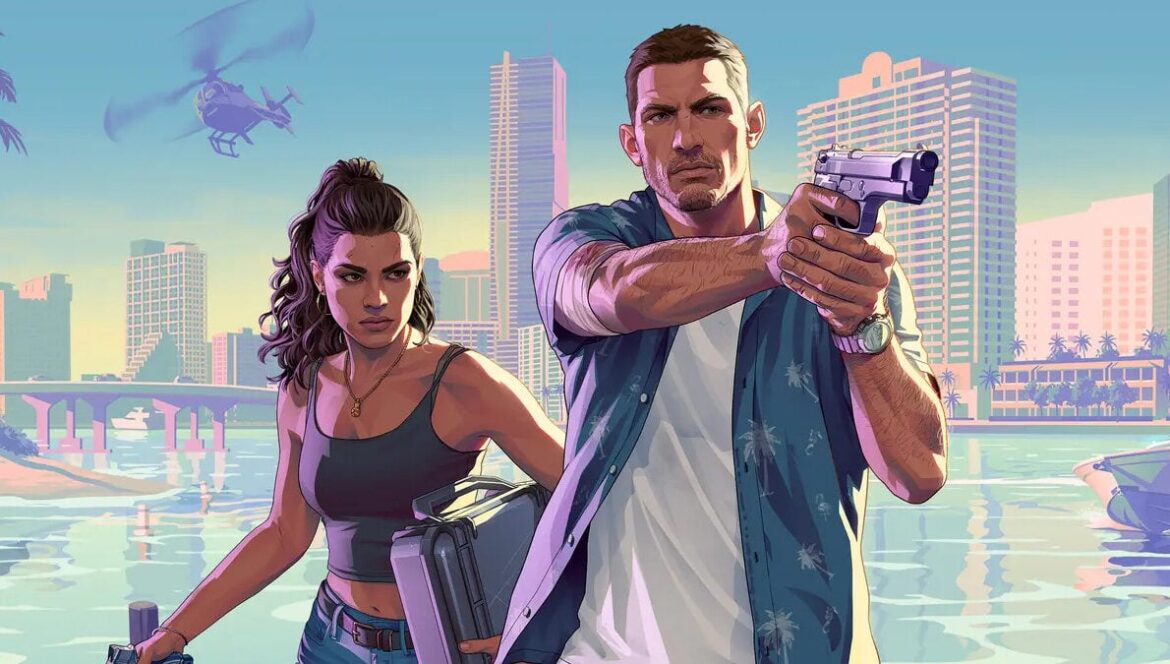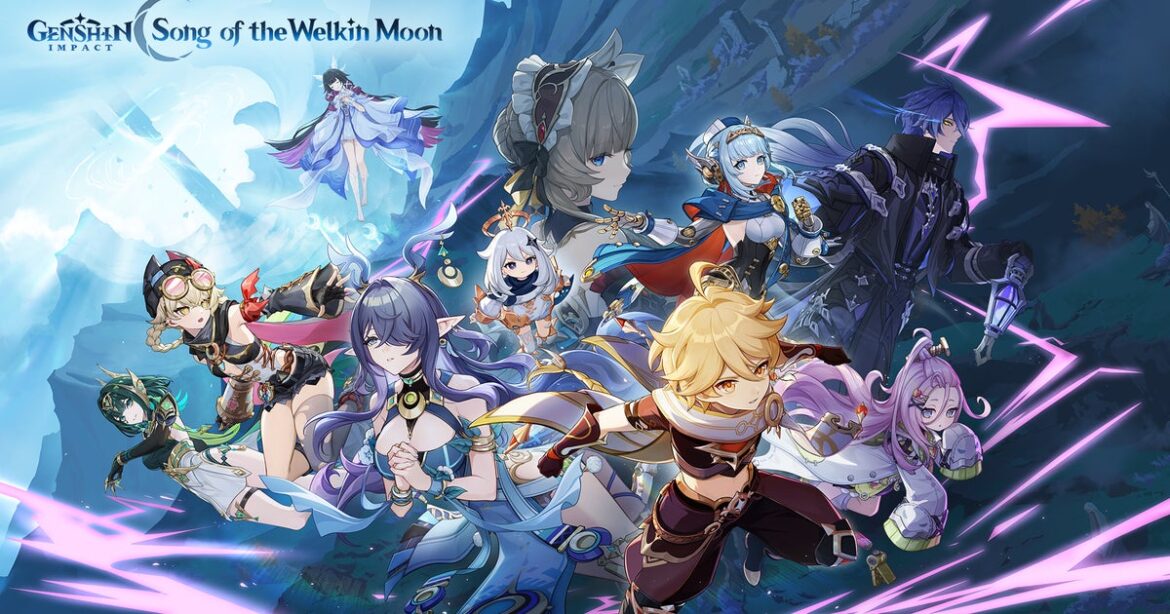I don’t play online games particularly often, mostly the only ones that I do enjoy are the kind of games I can play with just my friends. People are mean, you see, and I have a sensitive soul, and also I often find them deeply boring conceptually and in practice. Take of that what you will in relation to this story about Dota 2! Moving on swiftly to a topic that I promise connects to this intro, Gabe Newell! He is a co-founder of Valve, and a noted Dota 2 lover. He also, apparently, is someone who is often subjected to ridicule while playing the very same game his company makes.
The man himself made a pre-recorded experience at this year’s Dota 2 International, opening exactly how you’d expect him to: “Hi, I’m Gabe Newell.” After clearing that up, he waxes not quite poetically about how he fell in love with the MOBA quite deeply thanks to the first International. But, he says says, “It’s not just the game I love, but the community.
Watch on YouTube
“Sure, people talk s**t at me in chat, and about once a week people say, hey noob, uninstall the game and [censor blip]. But that’s really about their enthusiasm, and the energy that they bring, and that’s why, after all these years, I still play Dota every day.”
Now, I do feel I have to say that this is a pretty subtly horrendous way to endorse quite toxic behaviours that many people are often subjected to in online games. I don’t care if you’re enthusiastic! We’re all here to have fun, right? Try a friendly word of advice before you make your way to the arcade’s basketball machine for some easy dunks.
On the other hand, I find it quite an amusing, if brief, anecdote about the ways in which we don’t know who we’re playing with online. I fully believe that Newell regularly gets lambasted by strangers online, and it tickles me to imagine how they might change their behaviour if they had the relevant context.
Not to say that it’s good many of them would likely be kinder with said context, I just think there’s a lesson to be had here in how we encourage certain kinds of communication in game spaces. One that Valve, even now, still should probably learn how to do better.






